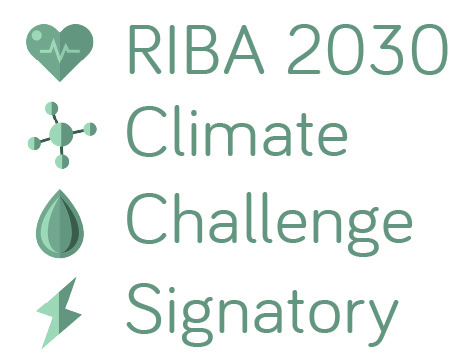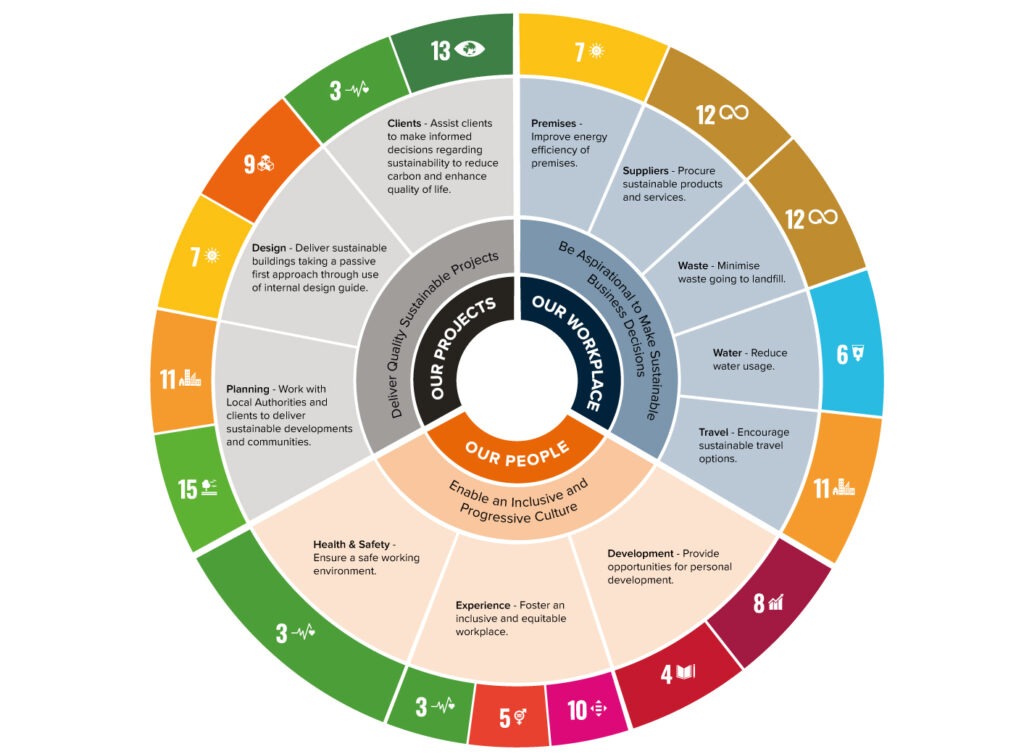RIBA 2030 Climate Challenge
WWA is a signatory to the RIBA 2030 Climate Challenge, which is a voluntary initiative for RIBA-Chartered Practices. The challenge includes targets for annual energy usage, embodied carbon over a building’s life cycle, and annual water usage, and provides a stepped approach towards reaching net zero.
The built environment is responsible for around 40% of global carbon emissions. Architects around the world have a significant role to play in reducing greenhouse gas emissions to net zero. With this, we demonstrate our commitment to attempting to meet sustainable targets for the buildings we design. As we start working towards these targets, we will play our part in addressing this global crisis.
Click here for more information on the RIBA 2030 Challenge

WWA Sustainability Charter
The Sustainability Charter sets a shared vision and a set of principles to guide planning and design decisions within the Practice. As well as serving the business in it’s day-to-day decision-making to help deliver a more sustainable future.
WWA is a leader in the built environment, creating outstanding people-centric places that care for our climate. We therefore have a duty to our clients and the environment to strive for climate-positive action in all that we do.
The graphic above outlines our new sustainability principles and related programmes that are aligned with the United Nations Sustainable Development Goals.
The most relevant goals for our Sustainability Charter

** The Sustainable Development Goals (SDGs) are a collection of seventeen interlinked objectives designed to serve as a “shared blueprint for peace and prosperity for people and the planet, now and into the future.” The SDGs emphasize the interconnected environmental, social and economic aspects of sustainable development by putting sustainability at their centre.
For more information, please visit: UN Sustainable Development Goals
Sustainable Design at WWA
We have two certified Passivhaus Designers on our team, and as we work towards reaching zero carbon, Passivhaus Design is becoming more and more important.
In keeping with our pledge to the RIBA 2030 Challenge, WWA has modified its design procedures to provide sustainable project outcomes for our clients, such as lower energy bills. This covers a range of actions that can be taken to deliver more sustainable buildings, many of which have project-neutral costs. The guide covers key areas, including:
Operational Energy
Developing a site with an orientation and built form to minimise annual heating demand is critical to this and does not cost anything. Using good fabric and air tightness values and properly sized windows will help reduce operational energy. Once the heating demand is minimised in this manner, technology can be incorporated to provide low-carbon heating and electricity.
Embodied Carbon
Embodied carbon refers to carbon dioxide emissions and removals related to building materials and construction procedures during an asset’s entire life cycle. Embodied carbon can be reduced by using the appropriate building materials and construction types.
Potable Water
Minimising mains water usage is important, as is simply specifying the right fixtures and fittings, and these do not have to be at a greater cost. Rainwater usage is also important, and maximising it on-site can help cut down on the amount of mains water used.
Sustainable Land Use
Planning policies take biodiversity net gain into account, and biodiversity can be increased by implementing “greening” initiatives. Certain surface cover types can maximise biodiversity in small areas, even in urban settings. Sustainable land use enhances not only biodiversity but also the health and wellbeing of building occupants.
Our design processes also assess sustainable transport, health and well-being, and social value. WWA is committed to constantly improving its sustainable design and if you would like further information, don’t hesitate to get in touch with us.




